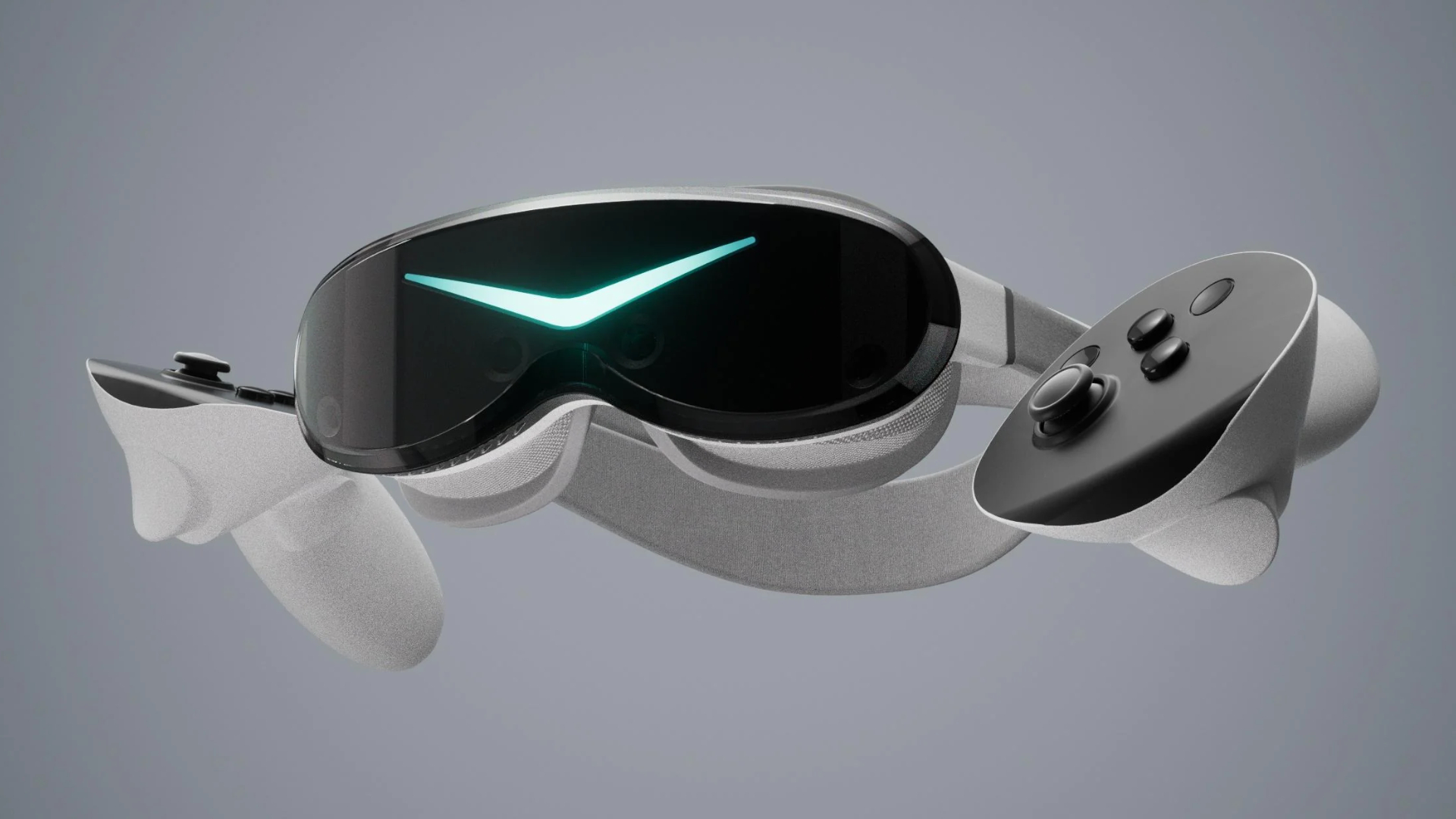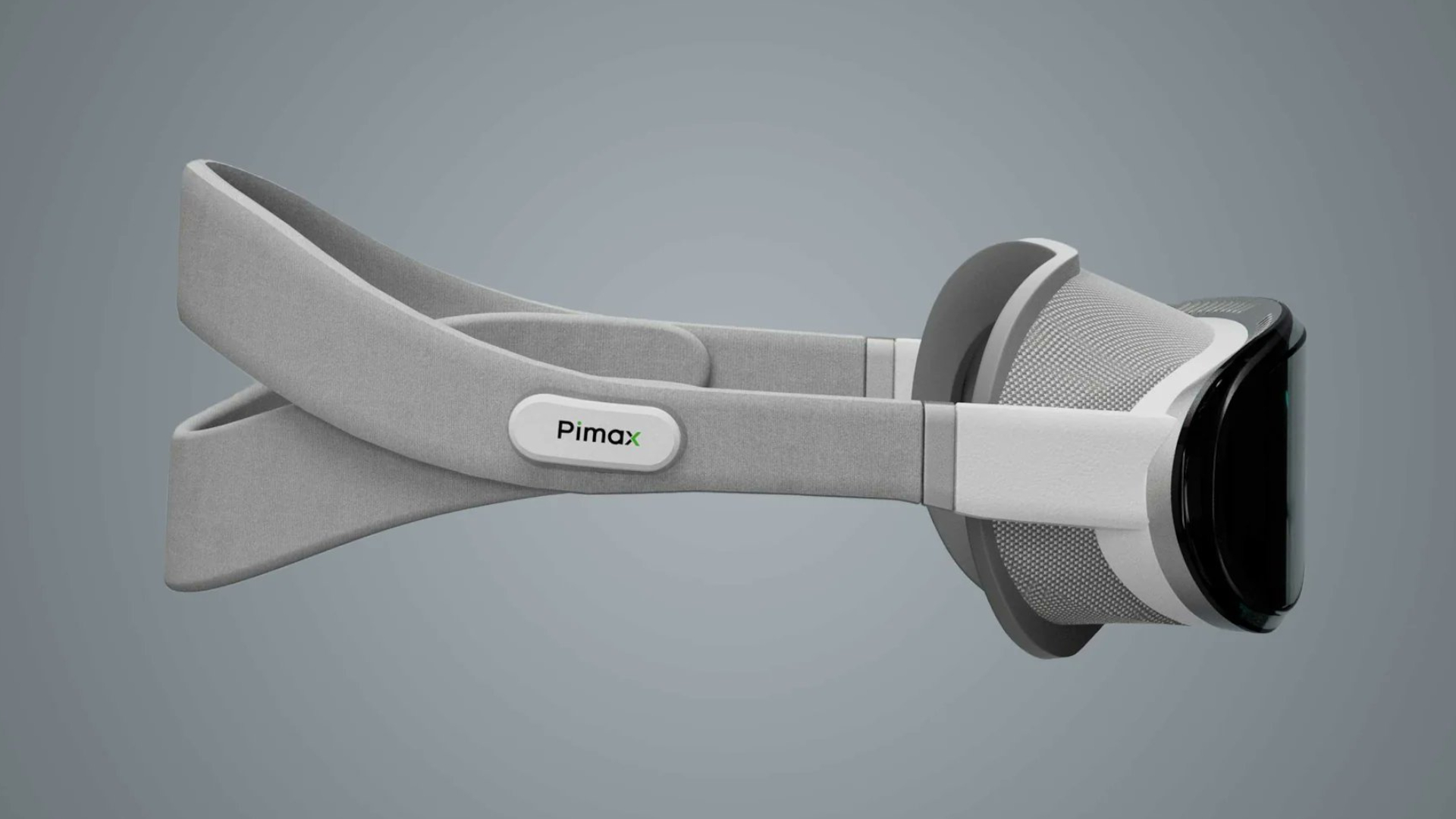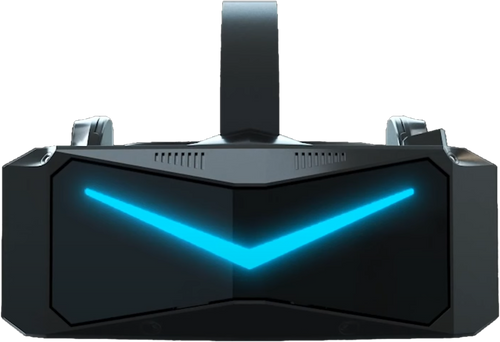
One of my favorite VR headsets of 2024 was the Pimax Crystal, which we reviewed in July. While its 4-star Laptop Mag review is commendable, it suggests there are a few issues yet to be solved by Pimax, especially when compared to the 4-and-a-half-star score we gave to the Meta Quest 3S in October.
So imagine my surprise when Pimax made a huge announcement before January's CES 2025, unveiling an all-new VR headset called the Dream Air. The Dream Air looks like an incredibly premium VR headset and solves several of the issues I encountered while reviewing the premium Pimax Crystal.
It's lighter, easier to set up, thinner, ditches the barren stand-alone mode, adds hand and eye tracking, micro-OLED displays with pancake lenses, and a more comfortable head strap.
It's a compelling series of wins on paper, so why am I not sharing Pimax's enthusiasm for the upcoming PCVR headset?
Pimax Dream Air: A Vision Pro-like PCVR headset
"It's the world's smallest full-feature 8K resolution VR headset," claims Pimax during the company's pre-CES "Frontier" presentation. "A small form factor with high performance and full features to really go where no one has gone before."
The Pimax Dream Air features micro-OLED pancake optics at a 3840 x 3553 per eye resolution, eye-tracking, improved ringless controllers that mirror the Meta Quest Touch Plus peripherals, integrated spatial audio, a simple Type-C DisplayPort connection, and a much more refined slim and slender design that's more visor than headset.
In terms of specs and price, Pimax's new headset sits snugly between the Meta Quest 3 and Apple Vision Pro (by about $1,500 each way) while offering the highest per-eye resolution the full suite of eye, hand, and inside-out tracking, and the lowest weight. Sadly, the Dream Air suffers in refresh rate, capping at just 90Hz.
Unfortunately for Pimax, this middle ground has been chased before, even by Meta. The Meta Quest Pro was supposed to bridge the gap between consumer affordability and high-end enterprise equipment.
However, the attractiveness of the Quest 2's price tag was its undoing, and comparing the specs, the vast majority of non-enthusiasts are unlikely to be swayed by Pimax's headset based on its micro-OLED panels and eye-tracking alone.

The bigger problem: too many irons in the fire
Of the many things you could say about VR headset maker Pimax, having a lack of ambition isn't one of them. However, Pimax's recent switch to quantity may end up affecting its quality.
The company has been a constant presence on the front lines of cutting-edge display tech in its Crystal headsets for years now, but it does have a bit of a problem when it comes to announcing grand plans for headsets only to get distracted by others along the way.
Case in point, Pimax's 12K QLED headset, yes, a truly groundbreaking dual 6K display VR headset ideal for enthusiasts and sim-lovers to fully immerse themselves in the action like never before. However, after being announced in October 2021, the headset has still yet to make it to market, completely skipping its Q4 2023 release window, with Pimax's site still claiming that work on certifying the headset is at 70%.

When it comes to the Dream Air, I'm worried we may see the 12K QLED story repeat itself. All we've seen of Pimax's upcoming Dream Air headset is a poorly put-together render that has obvious seams visible. We're yet to see a working prototype of the headset, let alone the final working product, and Pimax believes that it can ship in time for May 2025.
Pimax has a bit of a rocky history of following through on things promptly, with the company's users pointing as much out in the comment sections of its new Frontier presentation, in X reply threads, and on Reddit.
What's next?
All that said, the Dream Air is something very new for the Pimax team, and this shift in focus could spread beyond just the hardware at hand.
While it does seem like a lofty promise, and Pimax definitely has an uphill battle on its hands to make good on its product in time for a May 2025 launch, there's no need to write Pimax off from the get-go.
Giving Pimax the benefit of the doubt, for the company, this could be a new year, new headset, and a new leaf.







